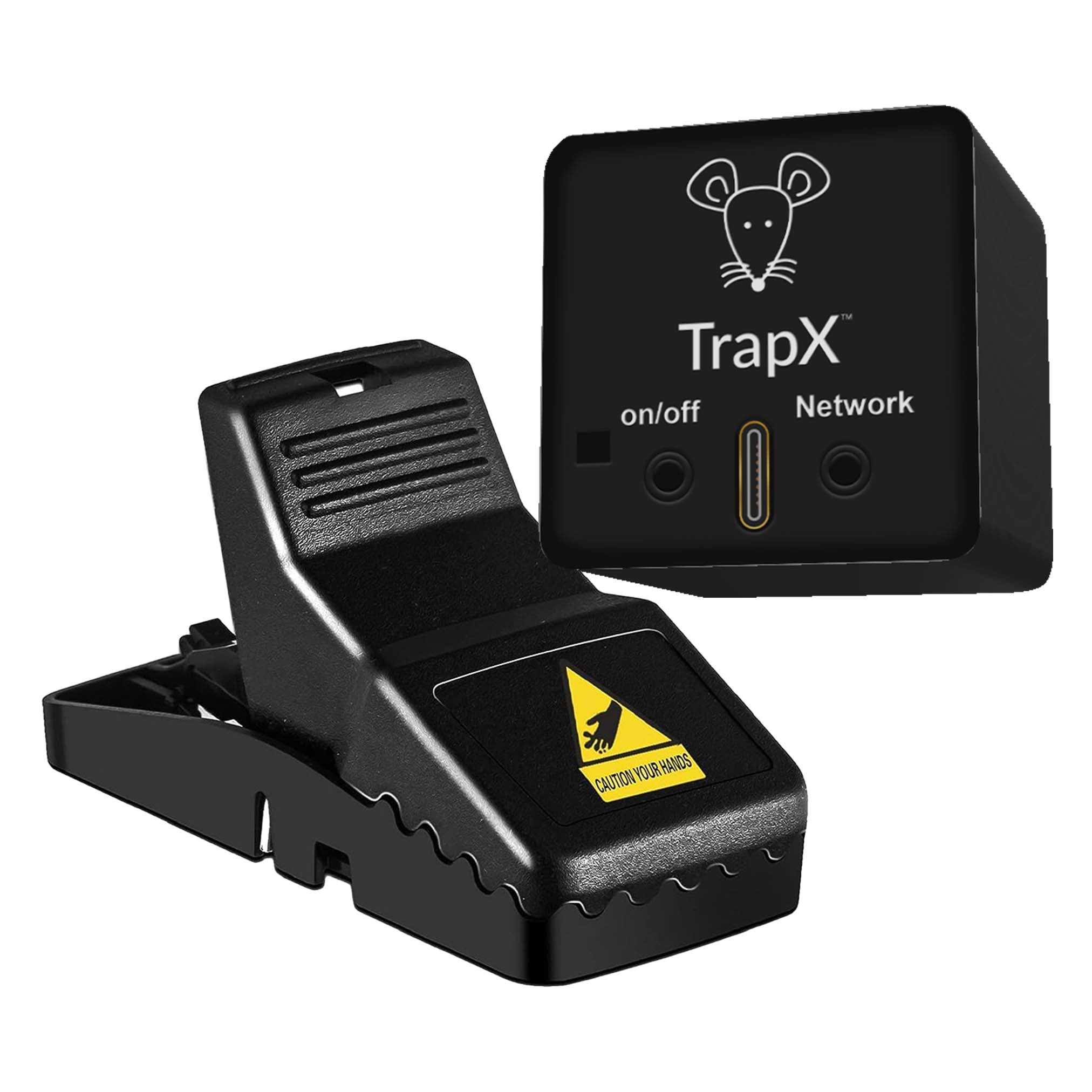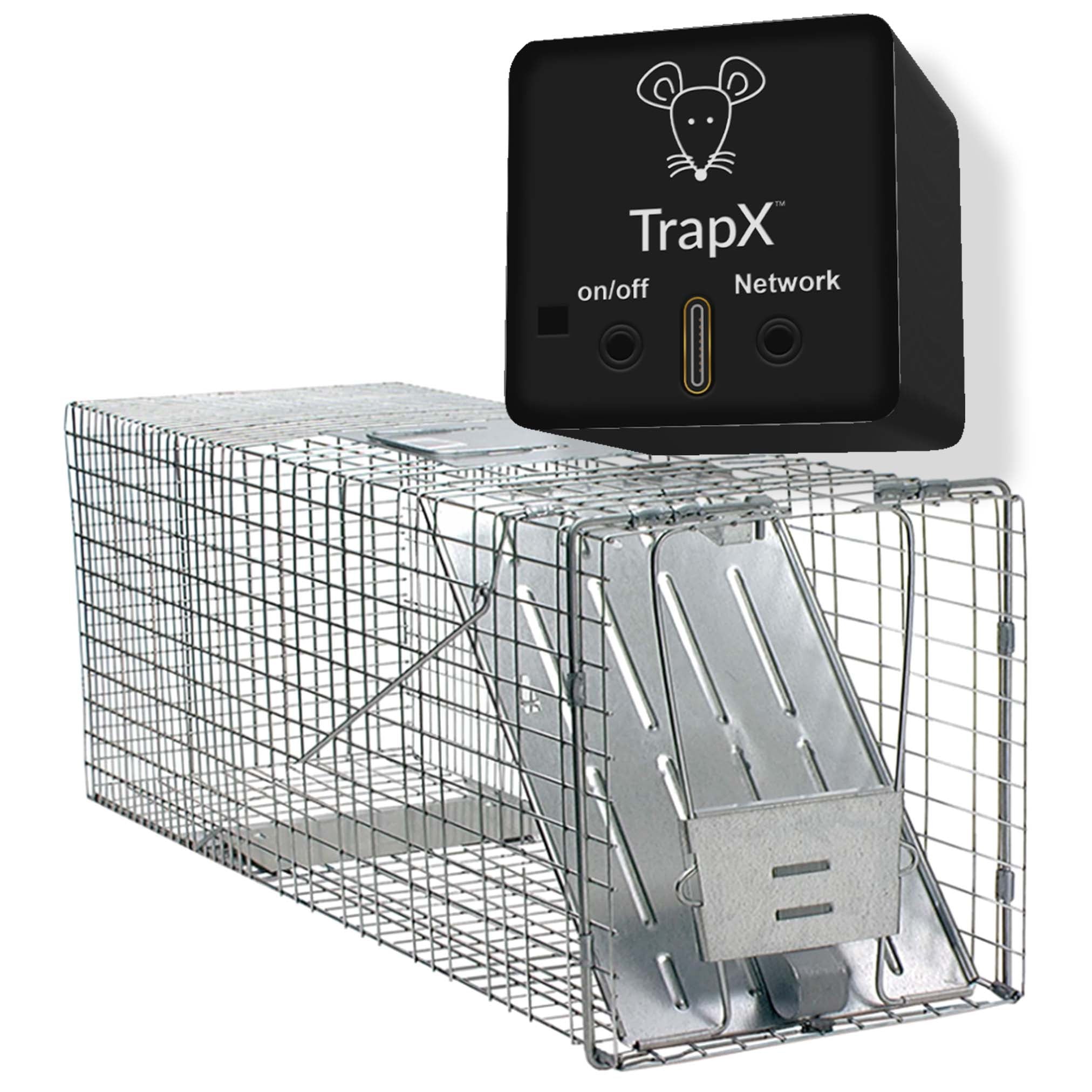Steps to Set a Mousetrap Effectively: A Complete Guide
Share
Dealing with a mouse problem can be stressful, but knowing how to set a mousetrap step-by-step can make a significant difference. This guide will walk you through the process, ensuring that you can effectively and safely handle the issue. With just a few simple steps, you'll be ready to tackle any rodent problem.

Why Proper Mousetrap Setting is Important
Setting a mousetrap correctly is crucial for its effectiveness. Proper setup ensures that the trap triggers at the right moment, capturing the mouse without causing unnecessary suffering. Additionally, correctly setting the trap minimizes the risk of accidental injury to humans and pets.

Types of Mousetraps
Snap Traps
Snap traps are the most traditional type of mousetrap. They use a spring-loaded mechanism to quickly capture and kill the mouse when triggered. These traps are readily available and relatively inexpensive.
Electronic Traps
Electronic traps deliver a high-voltage shock to the mouse, killing it instantly. These traps are generally more expensive but offer a humane and convenient way to deal with rodents.
Live-Catch Traps
Live-catch traps allow you to capture mice without killing them. These traps are ideal for those who prefer a no-kill approach to rodent control.

Steps to Set a Mousetrap
1. Choose the Right Bait
Choosing the right bait is essential. Peanut butter, chocolate, and cheese are popular choices because mice find them irresistible. Place a small amount of bait on the trap's bait holder.
2. Position the Trap Strategically
Place the trap where you have noticed mouse activity, such as along walls, near food sources, or in areas where droppings have been found. Mice tend to move along walls, so positioning the trap perpendicular to the wall will increase its effectiveness.
3. Set the Trap
Snap Traps
Follow the manufacturer's instructions to arm the trap. Usually, this involves pulling back the spring-loaded bar and securing it with a latch. Be careful when setting the trap to avoid accidental snapping.
Electronic Traps
Electronic traps are generally easier to set. Insert the bait, turn on the trap, and place it in the designated area. Make sure to check the trap regularly to dispose of any caught mice.
Live-Catch Traps
With live-catch traps, place the bait inside the trap and set the door to remain open. When the mouse enters the trap, the door will close behind it. Release the mouse at least a mile away from your home to prevent it from returning.

Safety Precautions
When setting any type of mousetrap, always prioritize safety. Wear gloves to avoid leaving your scent on the trap and to protect yourself from potential contaminants. Keep traps out of reach of children and pets.
Checking and Disposing of Trapped Mice
Check the traps daily and dispose of any caught mice promptly. Wear gloves and use a plastic bag to remove the mouse. If using a live-catch trap, release the mouse as instructed. Always wash your hands thoroughly after handling traps or disposing of mice.
Why You Might Need Professional Help
While setting a mousetrap is generally straightforward, sometimes a mouse infestation can be more significant than it seems. In such cases, it may be wise to consult with a pest control professional to address the problem comprehensively.
Conclusion
Dealing with mice can be a daunting task, but knowing how to set a mousetrap step-by-step can help you manage the problem effectively. By following the steps outlined in this guide, you can ensure your traps are set correctly and safely, maximizing your chances of success.
Learn More Mouse Without Trap DIY Trap WiFi Trap Home Pest ControlAs an Amazon Associate, I earn from qualifying purchases.
